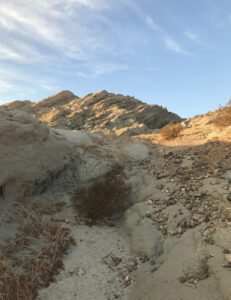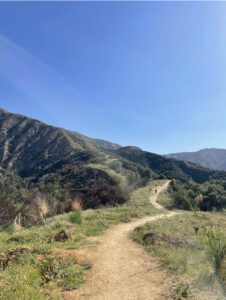DTSC California’s Abandoned Mines Mitigation
California’s rich history is closely intertwined with the Gold Rush era, which brought about a significant influx of people seeking fortune and prosperity. Today, remnants of this bygone era remain in abandoned mines scattered throughout the state. While these mines serve as reminders of California’s golden past, they also pose serious hazards due to hazardous chemicals that are outlined by LA County. This article explores the environmental risks of abandoned mines, the community impact, and the vital professionals in remediating these sites.
 The Gold Rush Mine Legacy
The Gold Rush Mine Legacy
During the mid-19th century, the California Gold Rush attracted thousands of prospectors worldwide searching for gold nuggets. The resulting mining activities left behind numerous abandoned mines, some of which are now a part of our cultural heritage. However, these mines also pose significant risks due to the chemicals and toxins associated with gold extraction methods used during that time, such as mercury and cyanide.
Abandoned mines in California can contain a cocktail of hazardous chemicals that pose risks to the environment and nearby communities. Mercury, commonly used in gold extraction during the gold rush, is a potent neurotoxin that can contaminate water sources and accumulate in the food chain, posing a threat to wildlife and humans. Cyanide, another chemical used in gold extraction, can be highly toxic, and accidental releases can have devastating consequences for aquatic ecosystems. Community risk is an important consideration when it comes to abandoned mines. Many of these mines are located near or within communities, potentially exposing residents to health hazards. Releasing toxic chemicals leads to water pollution, soil contamination, and even physical dangers like sinkholes or cave-ins. It is crucial to address these risks to protect the health and well-being of the environment and community.
The Role of Professionals for DTSC Abandoned Mines 
Biologists, engineers, and geologists are crucial in remediating abandoned mines and mitigating these sites’ environmental and community risks for methane and other chemicals. Biologists are responsible for assessing the impact of abandoned mines on wildlife and ecosystems. They study the presence of toxic substances in soil and water and evaluate the potential effects on local flora and fauna. By understanding the ecological risks, biologists assist in developing strategies to minimize harm. This adds to the restoration of habitats affected by mining activities. Engineers play a vital role in assessing the structural integrity of abandoned mine shafts, tunnels, and buildings. They use their expertise to identify likely hazards. Such as unstable structures or toxic gases, and develop plans for stabilizing or sealing off dangerous areas.
Additionally, engineers work on implementing measures to prevent or mitigate water pollution. These measures include constructing water treatment systems. Geologists contribute their knowledge to identify potential geological hazards associated with abandoned mines. They assess the stability of the surrounding rock formations and evaluate the risks of landslides, rockfalls, or subsidence. With this information, geologists can help develop strategies to manage and mitigate these hazards, ensuring the safety of nearby communities.
Remediation Efforts for DTSC California’s Abandoned Mines
Addressing the environmental and community risks posed by abandoned mines in California requires collaborative efforts from various stakeholders. This requires efforts from government agencies, environmental organizations, and local communities. Remediation efforts typically involve a combination of hazard assessments, cleanup operations, and implementing preventive measures. These can include removing hazardous materials, stabilizing structures, re-vegetating disturbed areas, and implementing monitoring systems to track environmental impacts. Looking ahead, increased awareness and funding for mine remediation are essential. Continued research and technological advancements can help improve the efficiency and effectiveness of remediation strategies. Moreover, education and community engagement are crucial to ensure that residents living near abandoned mines are informed about the risks and actively participate in mitigation efforts.
Future Outlook
California’s abandoned mines, remnants of the gold rush era, are not just historical artifacts but also potential environmental and community hazards. Hazardous chemicals and their risk to ecosystems and human health cannot be ignored. However, through the dedicated efforts of biologists, engineers, and geologists, we have the knowledge and expertise to remediate these sites and reduce their negative impact. By responsibly addressing the gold rush’s legacy, we can safeguard our environment. Doing so will protect the well-being of present and future generations.
